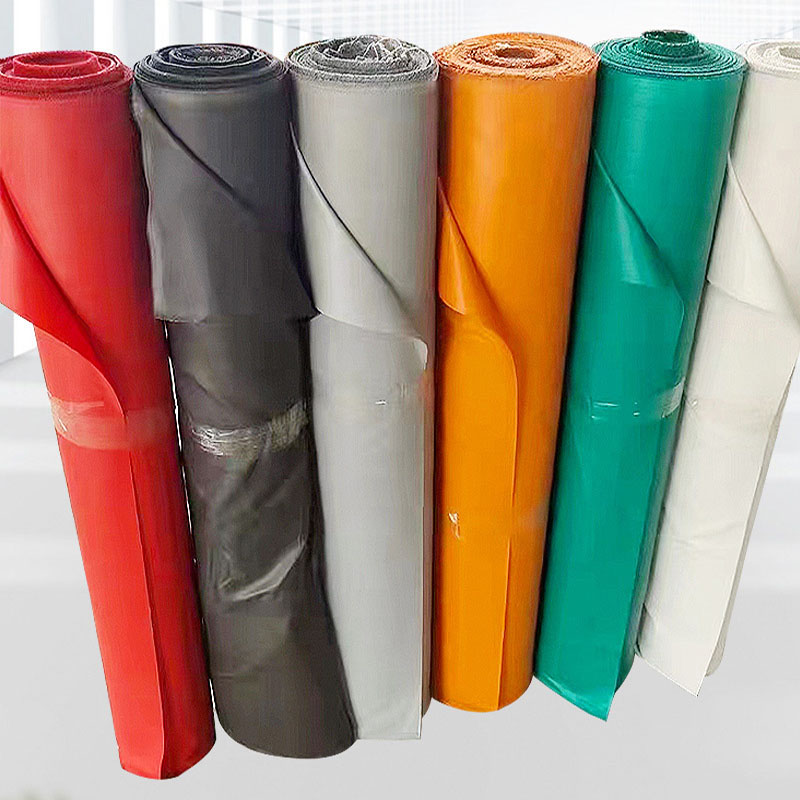Grey cloth
(1) Woven fabrics: fabrics composed of yarns arranged vertically with each other, i.e. transverse and longitudinal systems, interwoven on the loom according to a certain pattern.
(2) Knitted fabrics: fabrics formed by weaving yarn into loops, including weft and warp fabrics.
a weft knitted fabric is made by feeding the weft into the working needle of the knitting machine from the weft to the weft, so that the yarns are bent into loops in order and threaded through each other.
b warp knitted fabric is made of a group or several groups of parallel yarns which are fed into all the working needles of the knitting machine in the warp direction and are made into loops at the same time.
(3) Non-woven fabrics: loosely woven fabrics are made by bonding or stitching. Two methods are mainly used: adhesion and puncture. This processing method can greatly simplify the process, reduce the cost, improve labor productivity, and has a broad development prospect.
(4) Braided fabrics (braided fabrics) : Two or more groups of lines, mutually dislocated, jammed or interwoven products, such as mat, basket, bamboo, rattan products; Or one or more yarns each other set, twisted braid, knot braid products. The other kind is the complex product with three-dimensional structure which has special equipment and multi-way yarn in accordance with certain spatial cross-knitting law.
Grey cloth processing
(5) Compound fabrics: multi-layer fabrics formed from two or more materials of woven fabrics, knitwear, braid, nonwoven fabrics or membranes by interweaving, needling, splicing, bonding, stitching, riveting, etc.
It is used to represent the number of yarns in a unit length of woven fabric, which is generally the number of yarns in 1 inch or 10 cm. Our national standard stipulates that the number of yarns in 10 cm is used to represent the density, but textile enterprises still use the number of yarns in 1 inch to represent the density. Such as commonly seen "45X45/108X58" means that the warp and weft are 45, the warp and weft density is 108, 58.
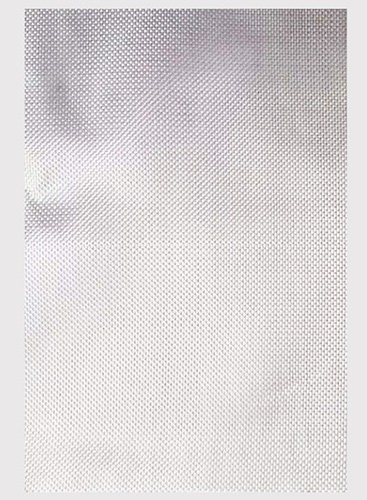
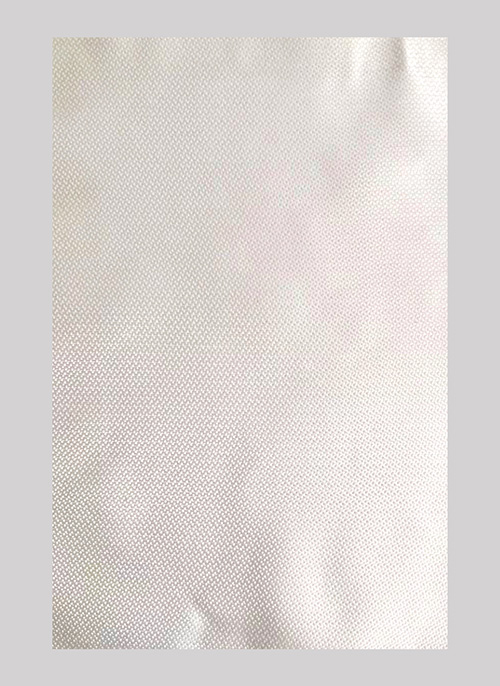
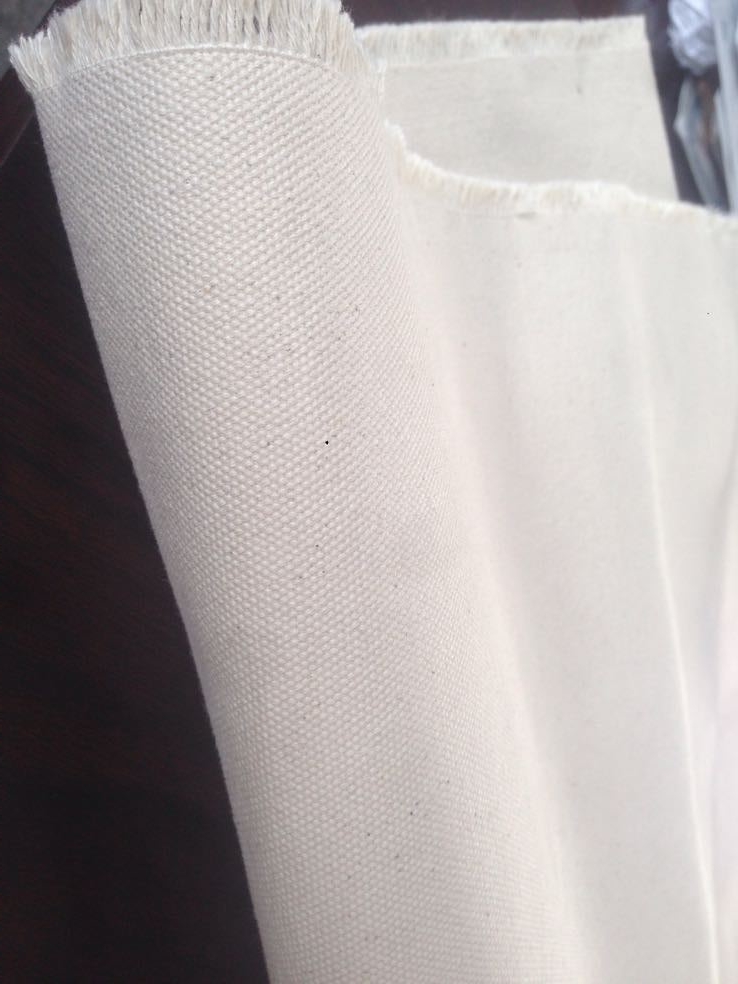
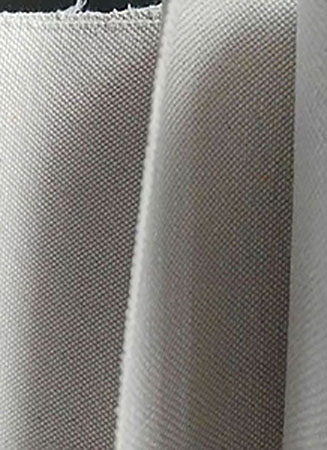
The effective width of fabric is usually expressed in inches or centimeters. The common ones are 36 inches, 44 inches, 56-60 inches and so on, which are respectively called narrow width, medium width and wide width. Fabrics higher than 60 inches are extra-wide, which are generally called wide width cloth. The width is generally marked after the density. For example, if the width of the three mentioned fabrics is added, it is expressed as "45X45/108X58/60", which means the width is 60 inches.
The gram weight of fabric is generally the gram number of square meters of fabric weight. Gram weight is an important technical index of knitted fabric, and the gram weight of woollen cloth is usually taken as an important technical index. The gram weight of denim fabric is usually expressed in "OZ", which is the number of ounces per square yard of fabric weight.
The conversion of gram weight of blank cloth to gram weight of finished product may be very different from the actual amount if calculated by formula, for two main reasons. Germ cloth can be calculated by formula, but the closer the conditions are, the more accurate the results will be. Different types of machinery, processes and so on are involved in the process. Each enterprise has different specifications and standards. Therefore, each enterprise has its own standard for the gram weight conversion of grey cloth and finished product.









